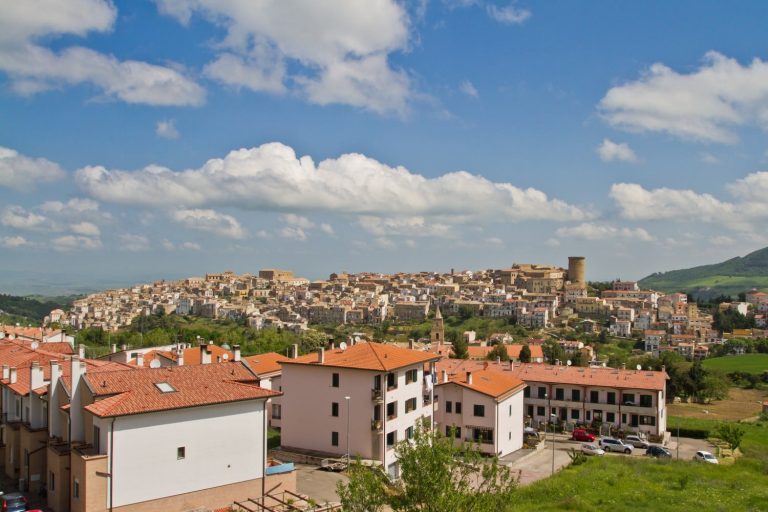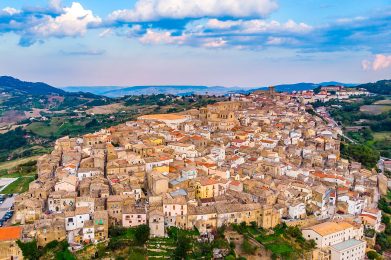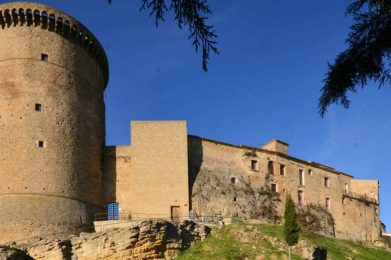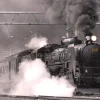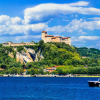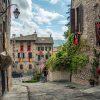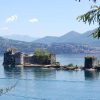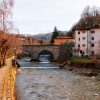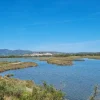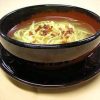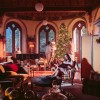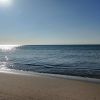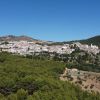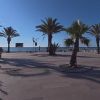illpaxphotomatic/shutterstock
In the province of Matera lies one of the most interesting villages in the whole of Basilicata: it is Tricarico, a small town located at an altitude of 698 m. above sea level, set in the most typical hilly scenery of Basilicata. History, art and traditions make Tricarico a must-visit village, also in light of its beautiful historic center, among the best preserved in the entire region. Any time of the year is the best time to discover Tricarico’s artistic and historical heritage. In January, the village comes alive thanks to the music and colors of Carnival, which, with its anthropological masks, attracts visitors from all over Basilicata.
What to see in Tricarico
Tricarico’s historic center represents the most vivid testimony of the history that has passed through this village since its birth: its origins date back to the 6th century B.C. although the first documents mentioning Tricarico are from the Lombard period. The arrival of the Arabs between the 9th and 10th centuries changed the appearance of the town, and even today the Rabata and Saracena quarters evoke those times.Tricarico then became the domain of the Byzantines, the Normans and the Sanseverino family, with whom Jewish and Albanian communities arrived in the town.
The symbol of Tricarico is the 27-meter-high Norman Tower, part of the ancient Norman Castle, which later became a cloistered monastery in 1333. From the panoramic terrace there is a magnificent view of the Basento Valley below and the distant Lucanian Dolomites.
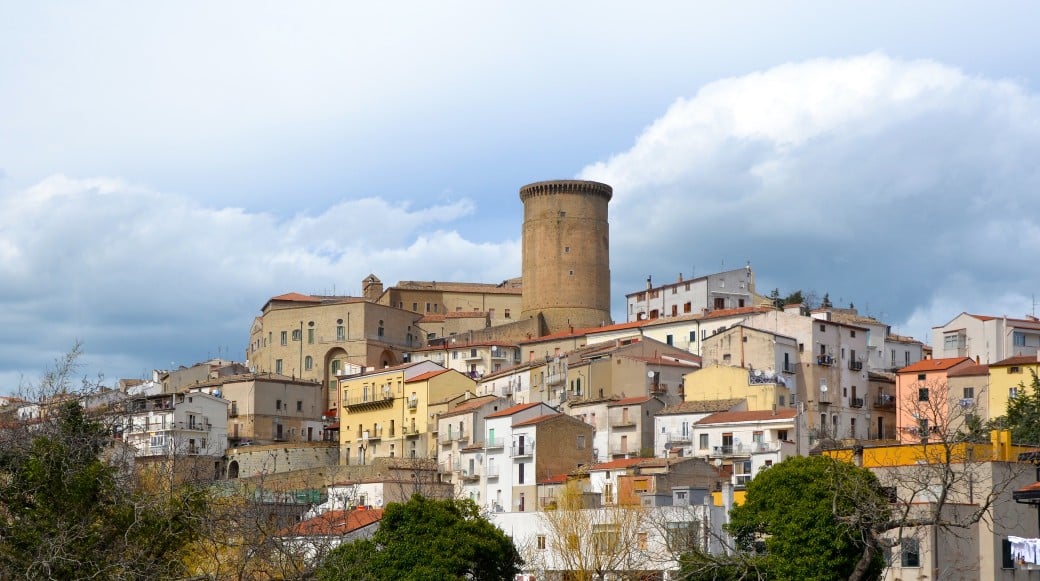
Norman Tower – Gianni Molinari/flickr
There are many churches in the village and among them stands out the Cathedral of Santa Maria Assunta dating back to the year 1000, the place where Louis I D’Anjou was proclaimed King of Naples: the church has a Roman style and houses many chapels inside that bear the signature of the great Mannerist painter of the 1600s Pietro Antonio Ferro, the most beautiful being the Baroque Chapel of the Secretarium.
Ferro himself left other evidence of his fine talent, both inside the Church of the Carmine, where there are frescoes on the chancel and walls of the nave, and in the Chapel of the Crucifix in the Church of Santa Chiara. At the latter house of worship it is also impossible not to appreciate the 16th-century painting of the Assumption set in the gilded wooden ceiling.
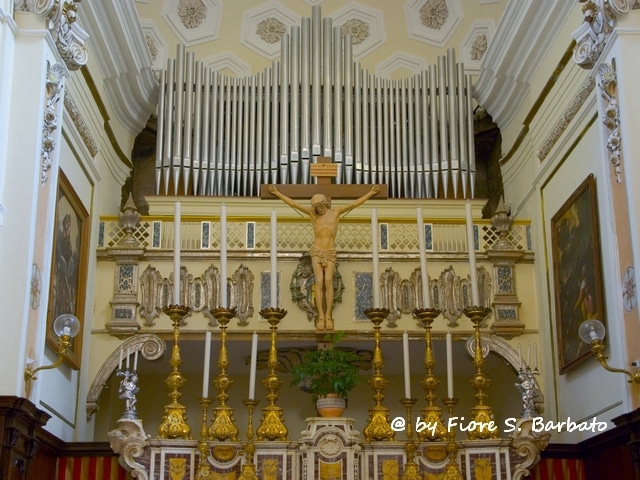
Cathedral of St. Mary of the Assumption – Fiore Silvestro Barbato/flickr
There is no shortage of museums in Tricarico, and the MUDIT is one of the most important in the town: it is a diocesan museum packed with books, liturgical furnishings, sculptures and silver artifacts.
Equally interesting are the Museum of Lucanian Costumes, located inside the Lizzadri Palace, and especially the Archaeological Museum. The latter is located inside the Ducal Palace and preserves numerous testimonies of Tricarico since antiquity: many artifacts preserved here come in particular from the site of Civita di Tricarico, a settlement dating back to the fifth century BC.
The traditions of Tricarico
In the town that was the birthplace of Rocco Scotellaro, the poet of peasant freedom, there are many inns and restaurants where you can taste typical local food: not to be missed are Tricarico’s cured meats, caciocavallo podolico, provolone impiccato, cruschi peppers (also in chocolate) and even panettone, among the best in Italy according to Gambero Rosso.
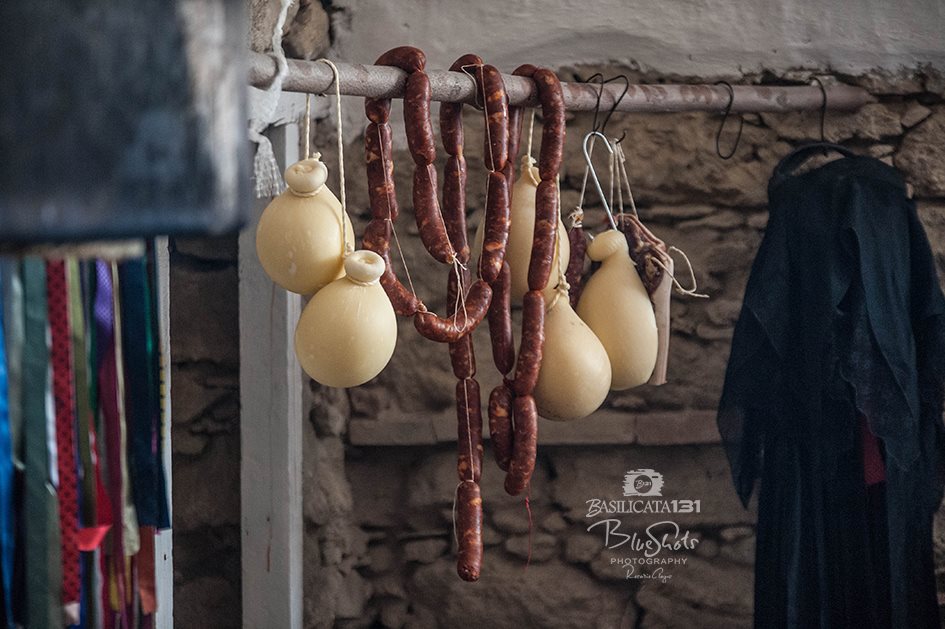
Rosario Claps/flickr
Resuming the view of Tricarico, one cannot fail to mention the 14th-century Church of San Francesco and especially the Church of Sant’Antonio Abate, to whose feast on January 17 is linked the Tricarico Carnival. The festival evokes transhumance, or the passage in winter of cows from the colder mountain areas to those further down the valley: in the past, the animals were brought inside the Church of Sant’Antonio Abate to receive a blessing, thus propitiating good health and much fertility.
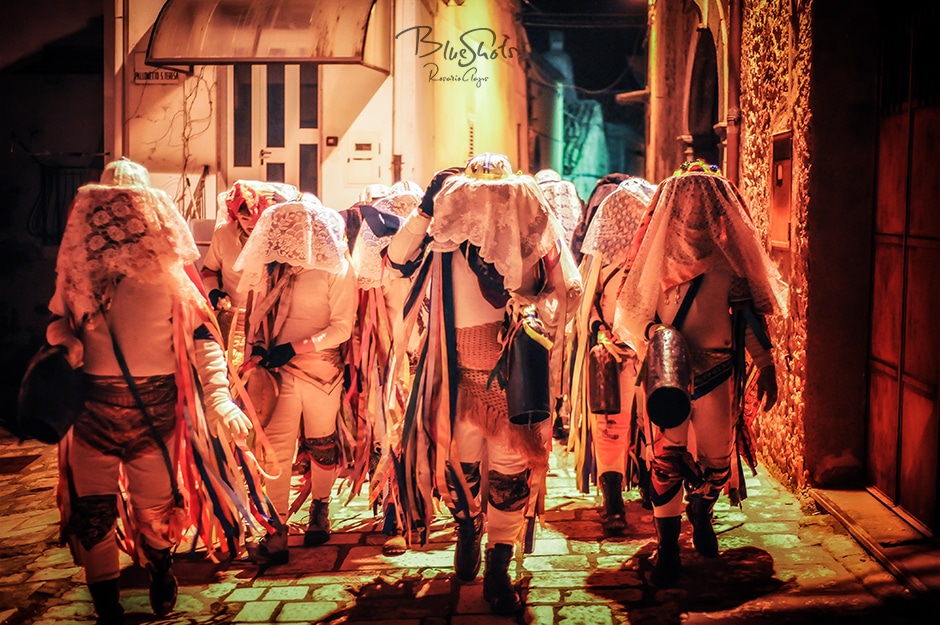
Tricarico Carnival – Rosario Claps/flickr
The stars of the Tricarico Carnival are the Anthropological Masks, or figures dressed as cows and bulls, two figures that hark back to Ancient Greece and the mating ritual.
The cow mask is more vibrant and colorful, complete with colorful ribbons fluttering from her white clothing and wide-brimmed hat. The bull, on the other hand, wears darker clothing, with darker red ribbons. The characteristic feature of the Tricarico Carnival is that the masks imitate in every way the movements and sounds of the animals: the cows and bulls also wear cowbells, recalling that sound that could be heard coming from as far away as the herd reached the village.
There is no shortage of marching bands, playing melodies in honor of merriment and good food, but above all, there are floats related not only to the usual political theme in a satirical vein but also to that of nature.
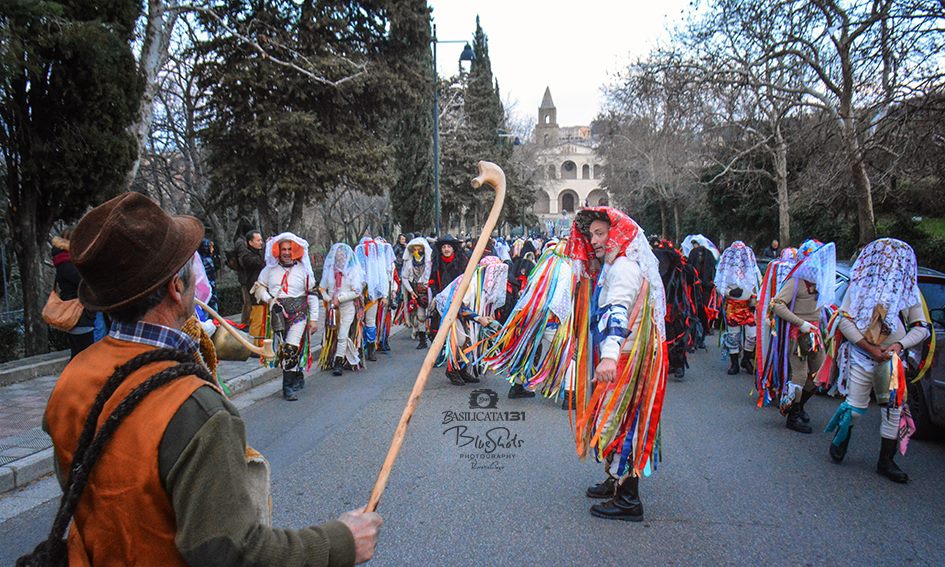
Gathering of the Anthrological Masks – Rosario Claps/flickr

